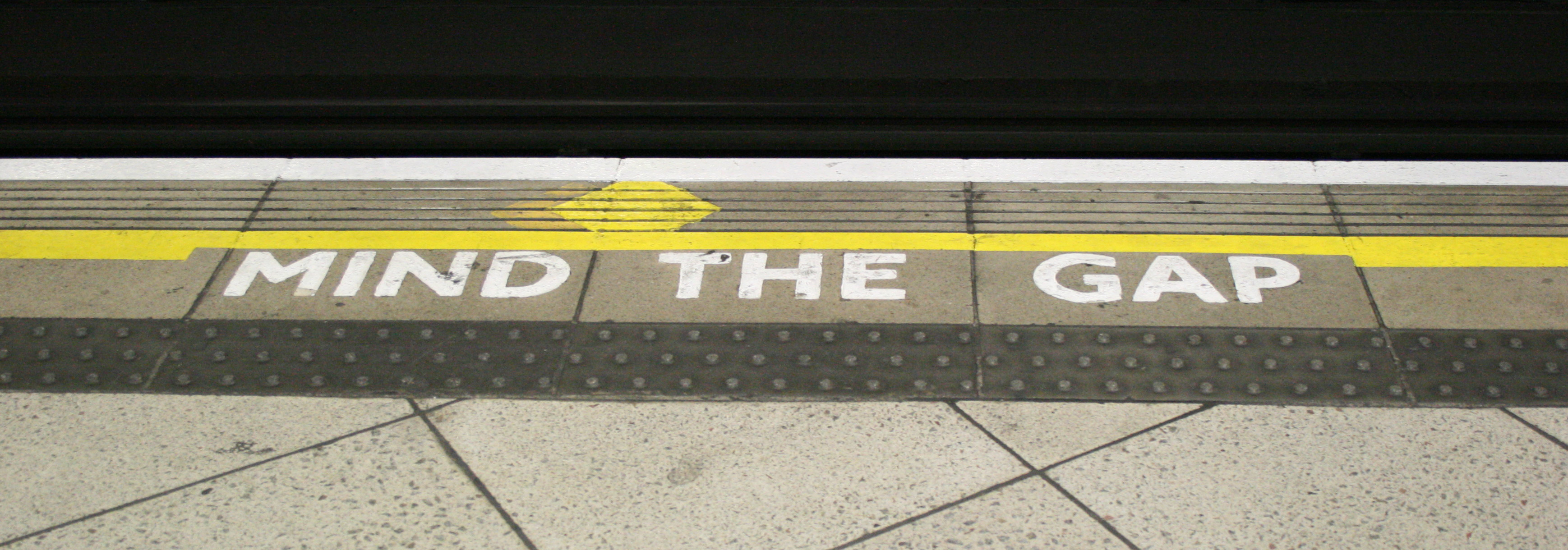Confession: I've never been to London. But I understand that the Underground is filled with signs encouraging passengers to, "Mind the Gap."
It turns out that this subway signage is particularly good advice for writers.
 |
| By Arz at Wikimedia |
[From my notes]
- Plot arises from the gap between expectations and results. The protagonist does something but the result is different from his expectations so he's forced to do something else (and so on up to the climax).
- Keep surprising the character: What does the character want? What would he do to get it? Then show the gap that propels the character to the next scene.
- You can bring characters on stage to pursue a short-term goal that is related to the long-term goal.
- Story structure is about choices; choices lead to the next scene. Plot events force your protagonist to make decisions that he thinks will move him toward his goal but instead lead to more gaps until the final conflict.
Why?
Because story can arise from many different kinds of gaps. For example, I once heard Brandon Sanderson explain how setting can be another character (e.g., the landscape of Middle Earth in Lord of the Rings). Brandon argued that the most interesting settings are those where different biomes, topographies, or cultures meet, creating gaps at the point of transition (think oasis and the different desert people who want or need to control the water).
Put another way, if everything is continuous and predictable, characters know what to do and so there's no story. It's only when there's a break in continuity and predictability, a cause with an unanticipated effect, that we have a story to tell.
So writers, mind the gap.
Image: Michelle Meiklejohn / FreeDigitalPhotos.net

No comments:
Post a Comment
Note: Only a member of this blog may post a comment.